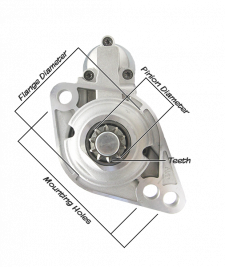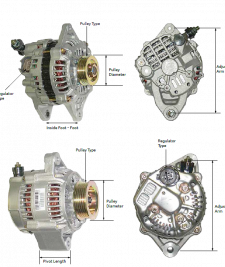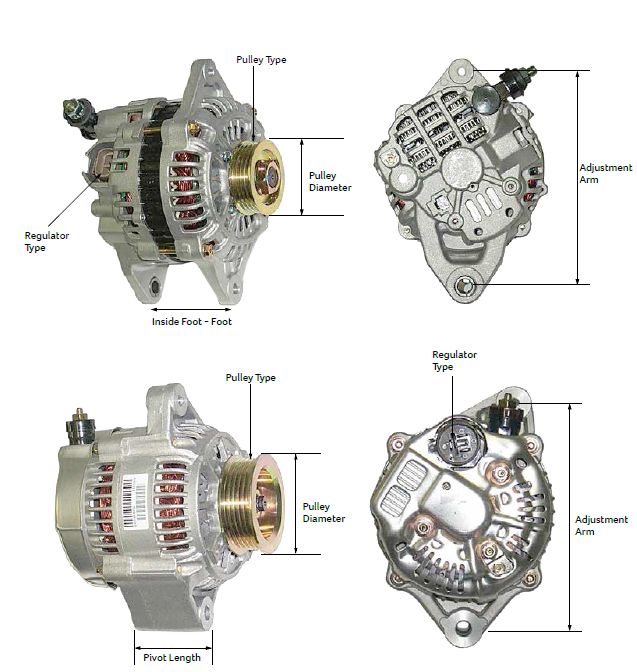Starter motors come in many different sizes and configurations. Starter motors can vary in their mounting style, voltage, the number of pinion teeth and how the teeth engage with the fly wheel. To ensure you get a starter motor that will fit and work as it was designed to, we include a specification chart with each listing with all the information you need to ensure it will suit your needs.
One of the simplest ways to check if the replacement starter is compatible is to send us the part number of your old starter motor. In most instances, we can run a simple cross reference and confirm your choice. However, if you want to check yourself, we have put together a guide to help you to measure the motor yourself.
If at any stage you want help working through this chart, have a question or just want to confirm your choice, send us a message and we will work it out for you. (There will be no extra charges, guaranteed)
Measuring the Starter Motor
The diagrams below will help you find and measure the correct areas on your Starter Motor:
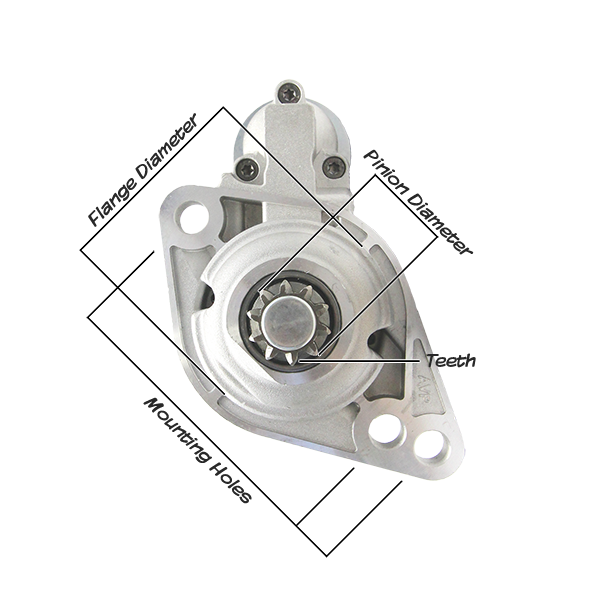
Figure 1. Starter Motor Measuring Diagram – Front
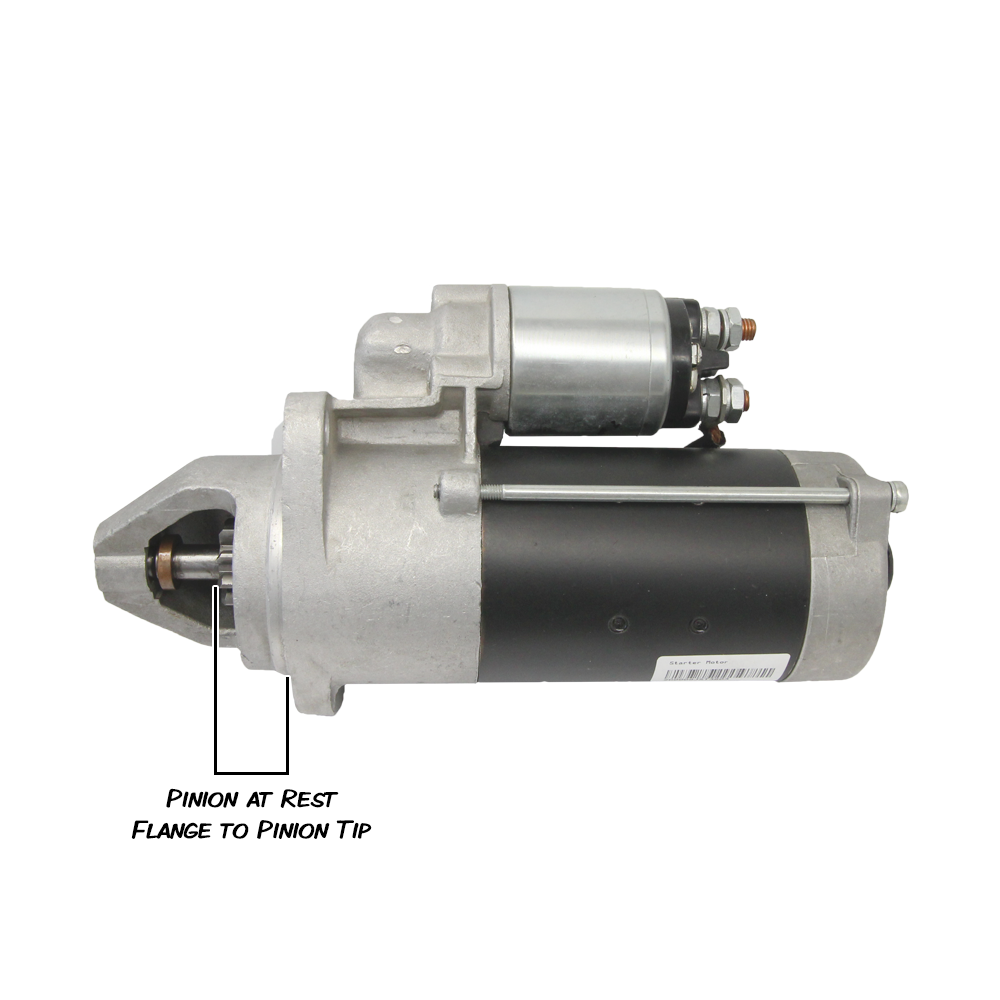
Figure 2. Starter Motor Measuring Diagram – Side
The most important measurements to note in Figure 1 and 2, are the:
- Pinion at rest
- Flange Diameter
- Mounting Holes
- Pinion Diameter
- Pinion Teeth
Please ensure that you check, and double check these measurements. If a measurement is incorrect, your new starter motor may not fit or function as intended.

